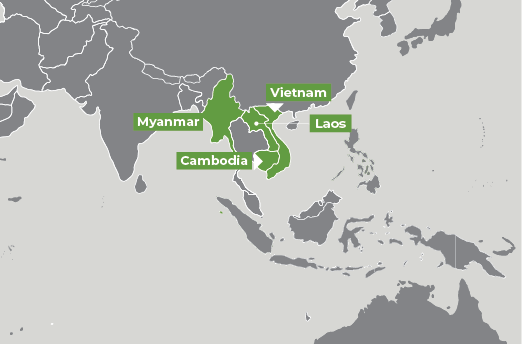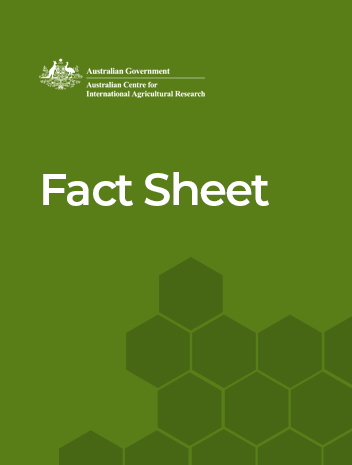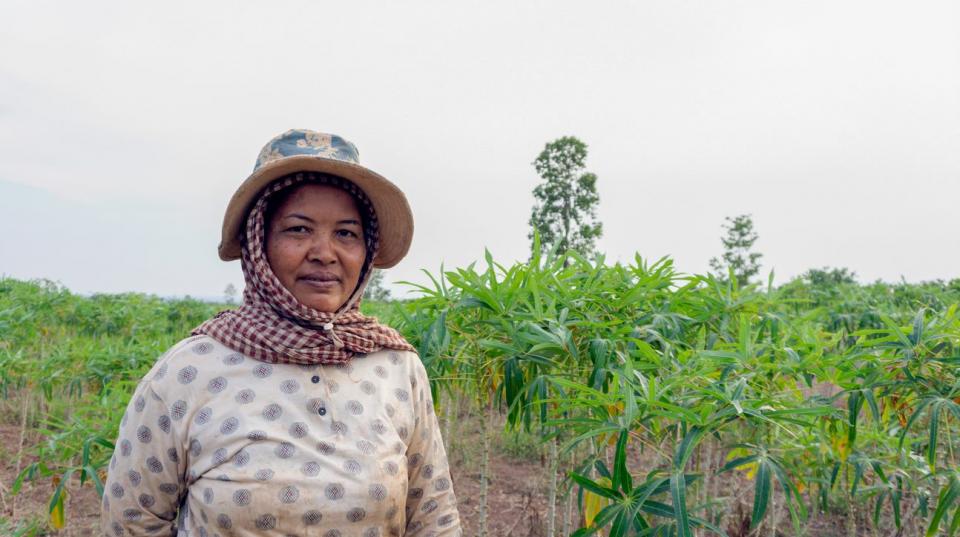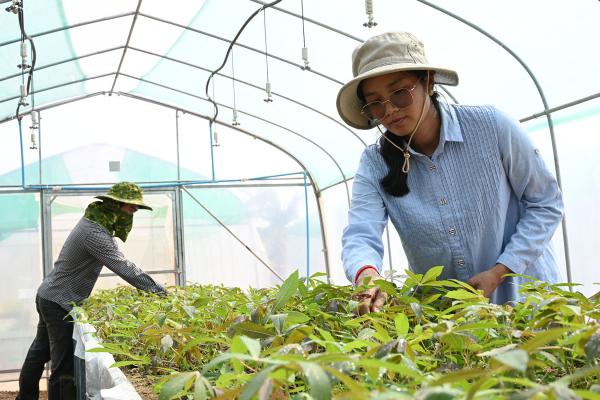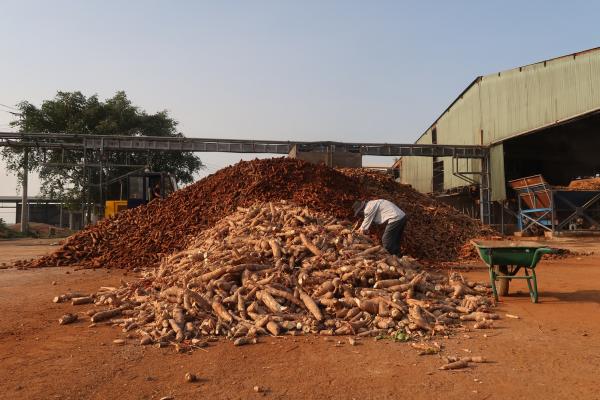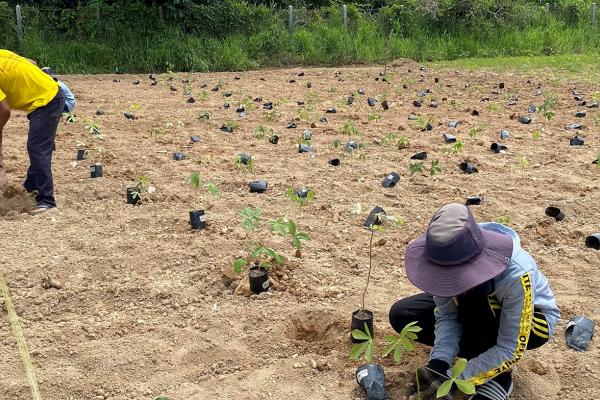Overview
This project aims to enhance smallholder livelihoods and economic development across South-East Asia by addressing the rapidly evolving cassava disease constraints affecting farmers in the region and improving the resilience of cassava production systems and value chains.
Throughout South-East Asia, cassava has become an important crop in terms of both rural livelihoods and economic development. It is estimated that over 2 million households are engaged in cassava production, with the crop cultivated to meet the rapidly growing regional and global demand for animal feed, starch-based products, ethanol and biofuel.
This project directly addresses the two disease threats, Cassava Mosaic Disease and Cassava Witches Broom Disease, which if left unchecked will continue to spread throughout the region devastating cassava production, the incomes of millions of smallholder farmers, and a multibillion-dollar industry. The project consists of a multi-pronged strategy involving breeding, surveillance, agronomy, and seed systems interventions, coupled with engagement with government institutions and agribusiness.
Expected Outcomes
- Enhanced farmer and industry stakeholder awareness of cassava disease and management options
- Minimise yield losses through farmers having access to high quality planting materials
- Adoption of new disease-resistant varieties of cassava, and
- Enhanced coordination between national agencies in disease surveillance, quarantine, and management, and sustainable business models for upstream research and development and downstream farmer entrepreneurs working in the seed system.
Summary of outcomes to date
2021–22
- The area of CMD in the region continues to increase beyond 1 million hectares, with estimates of around 420,000 ha in Cambodia, 120,000 ha in Vietnam, 480,000ha in Thailand, and at least 100 ha in Lao PDR. This represents over 37% of the combined cassava area in those countries (up from 24% in 2021).
- Regional yield trials confirmed the CMD resistance and agronomic performance of introduced varieties from IITA. MARD has authorised the multiplication and distribution of six varieties for use in the South-East region of Vietnam. It is estimated that over 150ha are now planted to these varieties in Tay Ninh Province.
- Imported seed from Hawaii (NextGen Cassava Project) are being evaluated in Vietnam and Laos. Flower inducing technology developed by CIAT and IITA was implemented in Vietnam. Over 10,000 seeds produced in HLARC and AGI crossingblock under evaluation in Vietnam.
- New CMD resistant clones derived from the crosses between CMD resistant progenitors and elite regional varieties were advanced to the single row trial stage.
- Basic Surveillance Protocol (BSP) developed with data integrated with previous developed standards for data organization implemented in the PestDisPlace platform.
- A new protocol for DNA extraction and virus diagnostics in has been developed.
- The complete CMV diagnostic assay kits (UQ) have been field tested and evaluated by partners in Laos, Vietnam, and Thailand. Modifications are being made based on the experience.
- Field surveillance and diagnostics has resulted in the eradication of infected fields and destruction of infected stems prior to planting.
- Varieties least susceptible to CMD identified for rapid multiplication and confirmed the ability for positive selection to mitigate yield loss under lower disease pressure.
- A total of 47 rapid tunnels have been established under different partnership arrangements. In Laos and Cambodia disease free planting cuttings of existing elite varieties are being multiplied; in Vietnam the 1st generation of CMD resistant varieties are being multiplied.
- Fresh root yield of plants established from plantlets from rapid multiplication is not significantly different from those established using traditional methods of stem cuttings under good management, but poor management during COVID restrictions results in relative yield loss over traditional planting practices.
- Experimental auctions in Cambodia show farmers bid significantly higher prices for both seed of a known elite variety, and ‘clean seed’ relative to regular farmer seed check. At the $2 USD price point, only approximately 10% of the Cambodian participants would have purchased ‘clean seed’, while the value for Lao PDR is approximately 30%. If the price drops to $1 USD, a similar market segment is captured for each country, approximately 70%.
- Farmer-traders in TayNinh are currently multiplying and selling CMD resistant stems for over $6 USD per bundle. The existing informal seed system is seeing this material already enter the cross-border trade.
- The project had a successful online research symposium and mid-term review with all presentations and recordings available online. (Mid-term review)
